Launching Retail Ambitions on Williams Road
Summit Park Mall opened its doors in 1972, backed by Forest City Enterprises, and set along Williams Road in Wheatfield, New York.
Its position - between US 62 to the north and the routes NY 265 and NY 384 to the south - made it easily accessible for shoppers coming from the greater Niagara Falls area.
This wasn't a boutique plaza. It was an enclosed, full-size suburban mall, a retail format that was gaining steam across the country at the time.
The original lineup of anchor stores included Sears, AM&A's, Jenss, and Hens & Kelly.
These weren't casual choices. Each one carried a regional reputation, and together, they formed the backbone of early foot traffic.
Other key tenants, like Child World and McCrory, filled out the main corridors, helping to round out a mix that appealed to families and weekday shoppers alike.
That early period held stable for a few years - until the movement started in 1982.
Hens & Kelly pulled out that year, leaving a noticeable vacancy at the south end of the building.
The space didn't get picked up again for a full decade.
Its emptiness wasn't just a gap in the directory; it set the tone for future departures that would become more common in the next fifteen years.
By the end of these ten years, the mall still held its structure and its name.
It operated under the same developer and kept Sears as a fixture.
But a close look would've shown the first signs of a shift.
In the early '80s, Summit Park Mall was a regular stop for travelers or locals looking for things to do in Niagara Falls, NY.
It was anchored by the idea that you could park once and do all your shopping in one go.
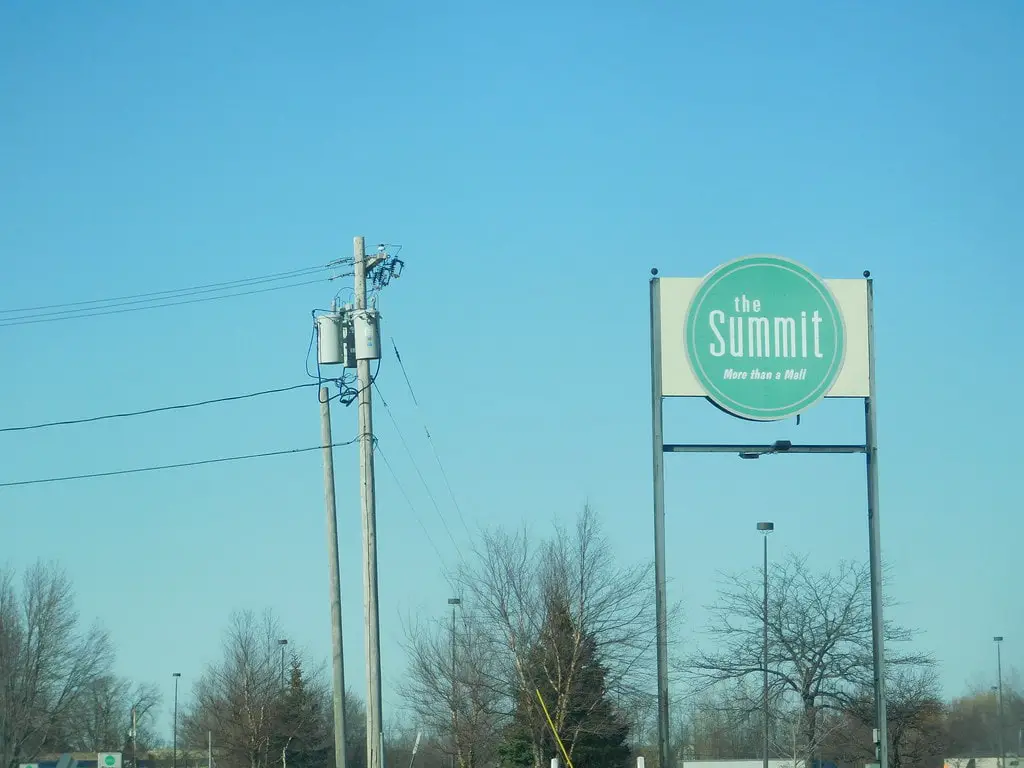
Lease Losses and Anchor Turnover
The decade after 1982 saw Summit Park Mall enter a stretch marked by high-profile tenant exits and patchwork replacements.
In October 1992, Macy's moved into the former Hens & Kelly spot - but not with a full department store.
They opened a closeout concept, one of the chain's first of its kind, using the location to offload unsold inventory.
The Macy's closeout store lasted only until 1995 and didn't get replaced after it closed.
Child World, a toy retailer, closed its mall store in 1992.
By the end of that year, Toys "R" Us had taken over the space.
The conversion happened quickly - the same building shell, different signage, and shelving inside.
While that addition temporarily brought in family traffic, it didn't reverse the slow footfall across the concourse.
Another early anchor, Jenss, pulled out in 1998.
That one hurt, not just because of the square footage it left behind but also because Jenss had been locally rooted.
Without them, the mall felt even less anchored to the region.
McCrory, a longtime five-and-dime, held on a little longer but carried less weight than it had in earlier years.
Ownership during this time considered converting parts of the mall into office space.
That plan didn't materialize, but the idea itself said something.
By the late 1990s, the mall had hit 40% vacancy. Stores were still open, and lights were still on, but the momentum had shifted.
New tenants weren't filling gaps as fast as old ones were leaving.
Sales Pitches and Bankruptcy Notices
In 2004, a local developer bought the mall for $5 million.
At the time, the complex was about 65% vacant. The new owner came with rebranding plans, starting with the name.
"Destination Niagara USA" was the first pitch aimed at aligning the mall more closely with tourism.
That effort didn't stick long. The name eventually shifted to simply "The Summit."
A few fresh tenants signed on. Steve & Barry's opened in 2005, moving into the old Jenss space.
A children's play center took over the former McCrory unit.
The Niagara Aerospace Museum also opened briefly before relocating to a different site on Niagara Falls Boulevard.
These additions gave the property a temporary lift.
Mall sales reportedly rose by 18% in 2007. But even with new signage and tenants, closures didn't stop.
Toys "R" Us pulled out in early 2006 as part of a nationwide downsizing effort.
That space got split up, and by 2008, a Save-A-Lot grocery store opened in one-half of it.
Steve & Barry's shut down later that same year as the chain collapsed nationally.
The mall's final period as a retail site came in mid-2009.
Oberlin Plaza One, the owner at the time, filed for bankruptcy protection.
They announced plans to close the mall on June 6.
A U.S. Bankruptcy Court decision delayed the shutdown briefly, giving the remaining 25 tenants time to relocate.
By August 2009, only three tenants were left: Sears, The Bon-Ton, and Save-A-Lot.
The rest had moved out or closed. The retail center, which once had nearly 100 stores, had dwindled to a handful.
Ownership Shifts and Redevelopment Pledges
By 2013, the former Summit Park Mall had changed hands again. The building wasn't busy, but it wasn't forgotten either.
That January, a broken pipe caused flooding inside the facility - up to six inches of water.
Niagara County officials suspected vandalism. It didn't make headlines for long, but it added to a growing list of issues on the property.
In March 2014, Zoran Cocov purchased the mall for $4.2 million. Cocov stepped in with public plans to rework the site.
By the end of the year, he outlined a set of proposals: retail, museums, a business incubator, a wine-tasting venue, and a sports complex.
It was an ambitious mix aimed at filling in wide interior gaps left by former tenants.
The project also came with support in the form of local tax breaks - $700,000 over five years - to help with renovation costs.
Some changes followed. In 2016, Cocov announced that a brewery would be added to the growing list of redevelopment elements.
This was aimed at drawing new traffic while reusing empty floor space from past anchors.
Still, leasing remained sparse. Many ideas stayed in the proposal form.
Meanwhile, the anchor stores that once propped up the shopping side were going dark.
In early 2018, Bon-Ton started liquidating. It had been part of the site since 1995 when it took over the AM&A's location.
Then came Sears. By May, it also confirmed plans to shut down, with both closures scheduled for August.
When they left, there were no more anchors. Retail activity stopped, but developers didn't disappear.
Their focus turned toward event hosting, sports, and entertainment, pivoting away from storefronts and toward adaptable use of square footage.
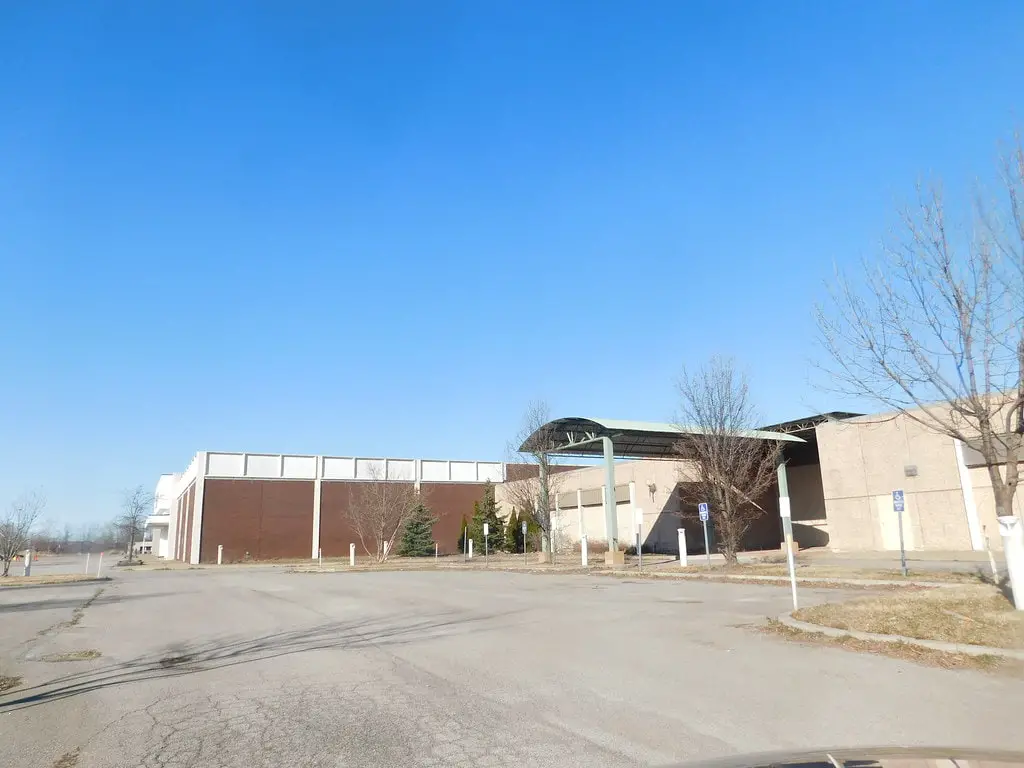
Conversion to Mixed-Use and Event Leasing
In December 2019, the Niagara International Sports & Entertainment facility opened in the old Sears space. It wasn't a retail reboot.
This setup brought in batting cages, courts for volleyball and basketball, a dek hockey rink, and flexible rooms for tournaments or team training.
The name - NISE - became part of the new identity for the site.
Alongside it, other tenants came in under different models.
Play University, a children's activity center, took space that once held retail.
7 Gates Screampark used the building's depth and dark corners to stage seasonal haunted attractions.
Those setups didn't rely on walk-in traffic from mall corridors.
Instead, they were destinations on their schedules, using the property's size more than its storefronts.
Developers pitched expansion concepts again in 2020.
Those plans focused on a blend of lodging, dining, and skating rinks - less mall and more complex.
Delays followed, tied to site design issues and zoning adjustments, but the general idea stayed active.
The site's real estate wasn't being flipped for demolition; it was being reconfigured around multipurpose use.
In 2024, a new entertainment business moved into part of the former Summit Park Mall.
Operating under the name Niagara FunPark, the venue launched with a mix of indoor attractions, targeting families and group events.
The space includes laser tag, bounce houses, arcade machines, and virtual reality stations.
It also offers concessions and private party rooms.
The business has its own online reservation platform and offers seasonal discounts.
As of April 2025, the mall no longer functions in its original role.
There are no in-line retail tenants, but parts of the property are active - open for sports, events, and limited entertainment leases.
What's operating now is shaped more by tournament calendars and rental agreements than seasonal shopping cycles.
And while not all proposed pieces are in place, the facility is in use.
Lighting still works. The doors are still open. People still drive there for a reason.
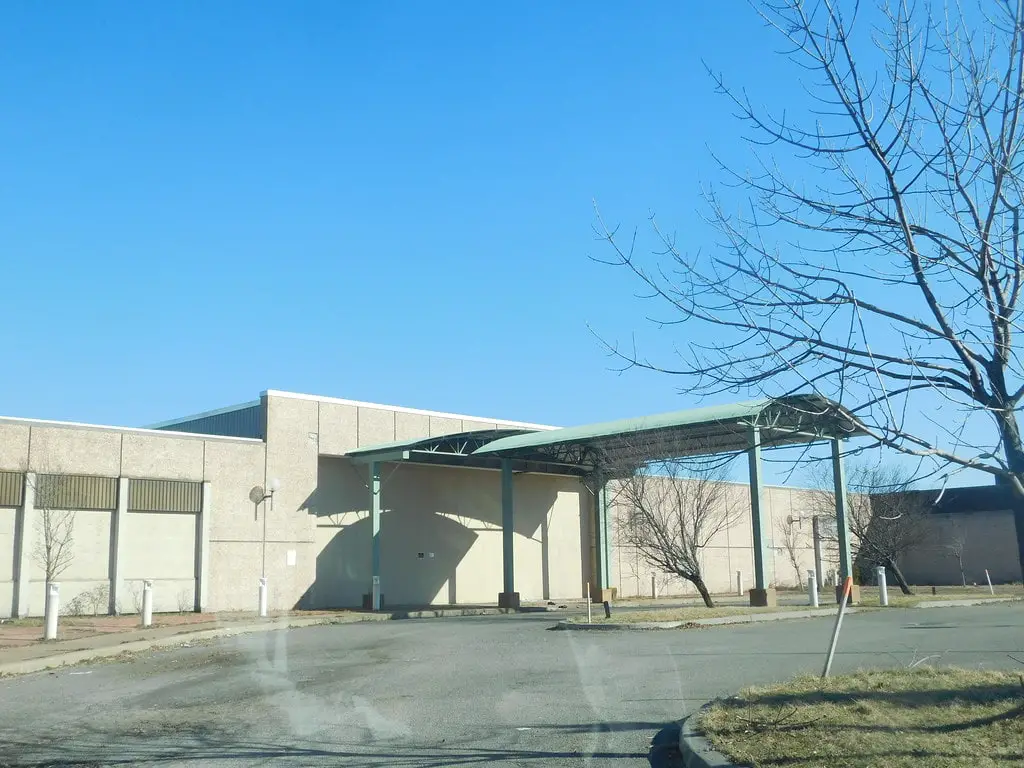

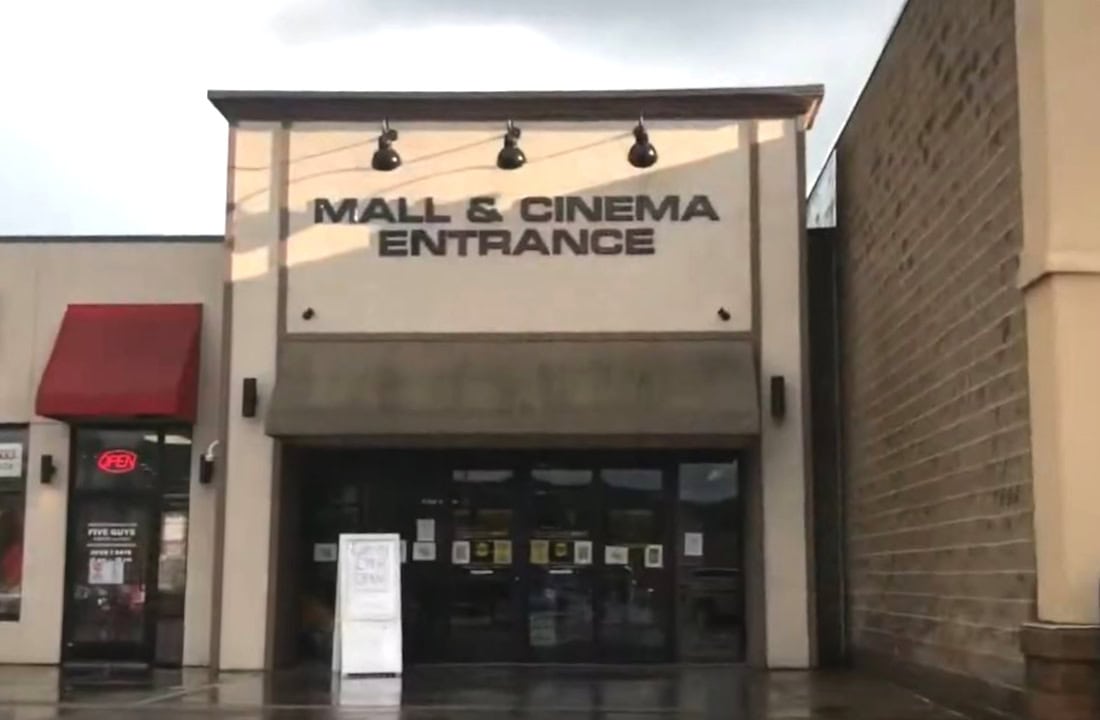
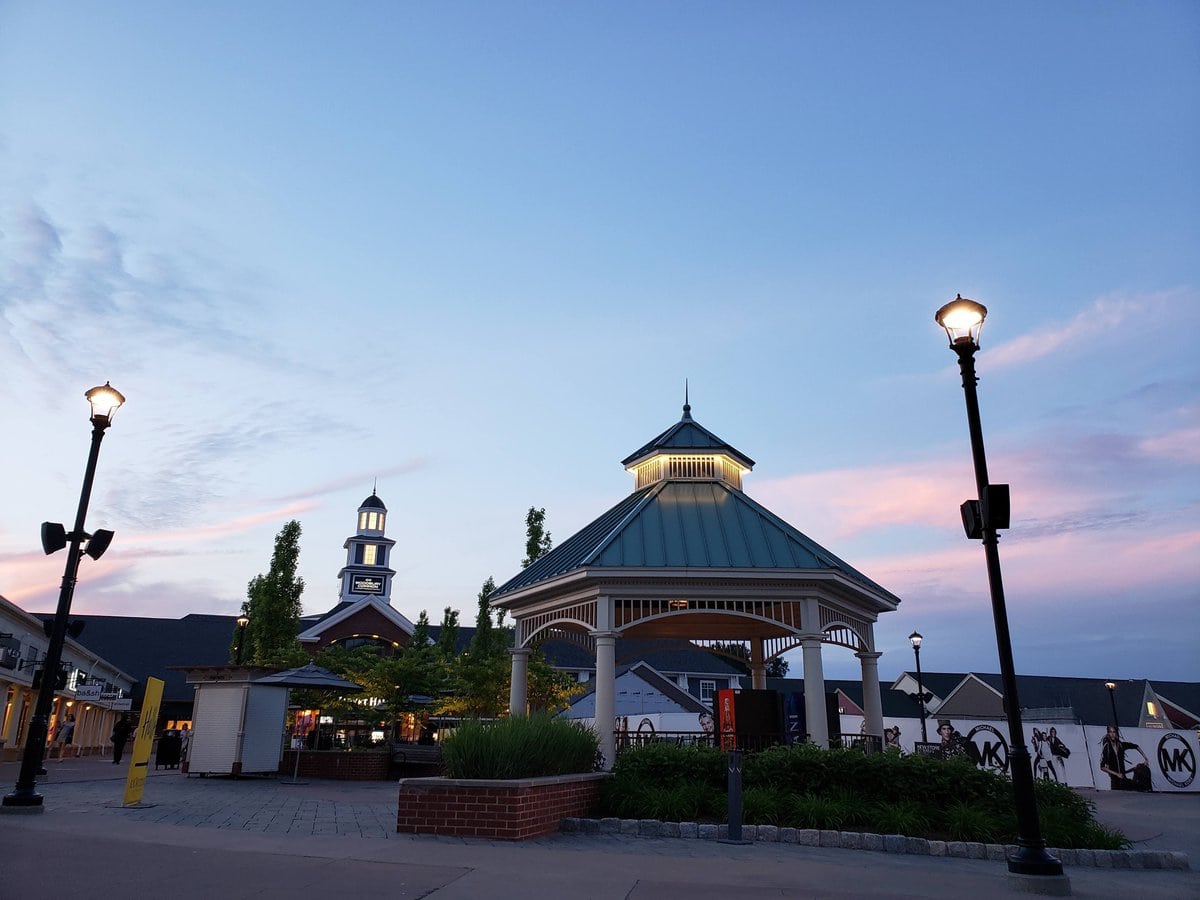
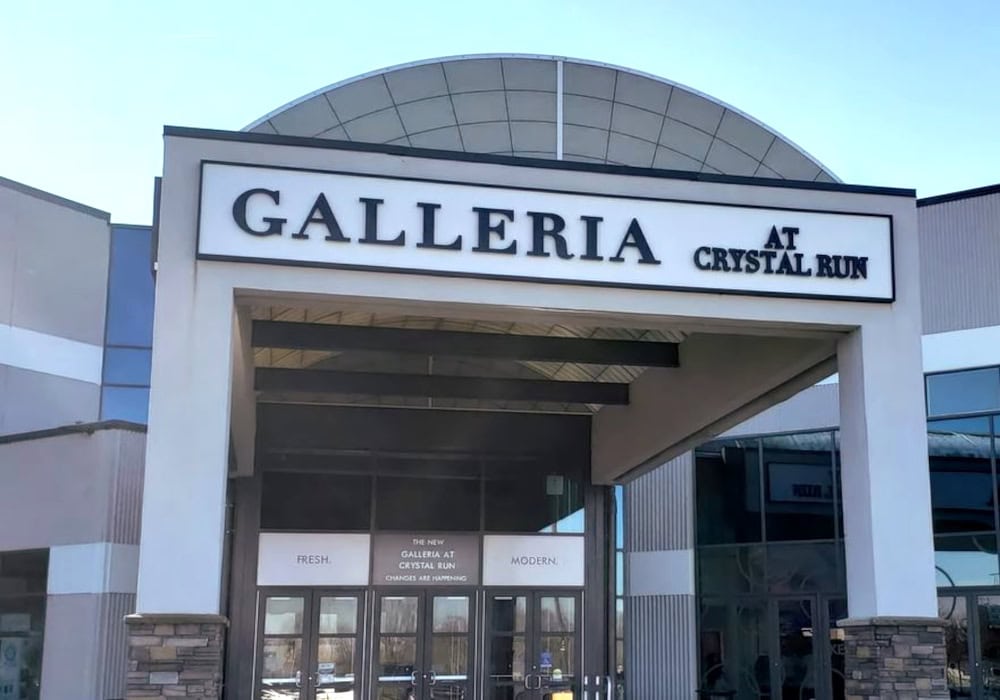

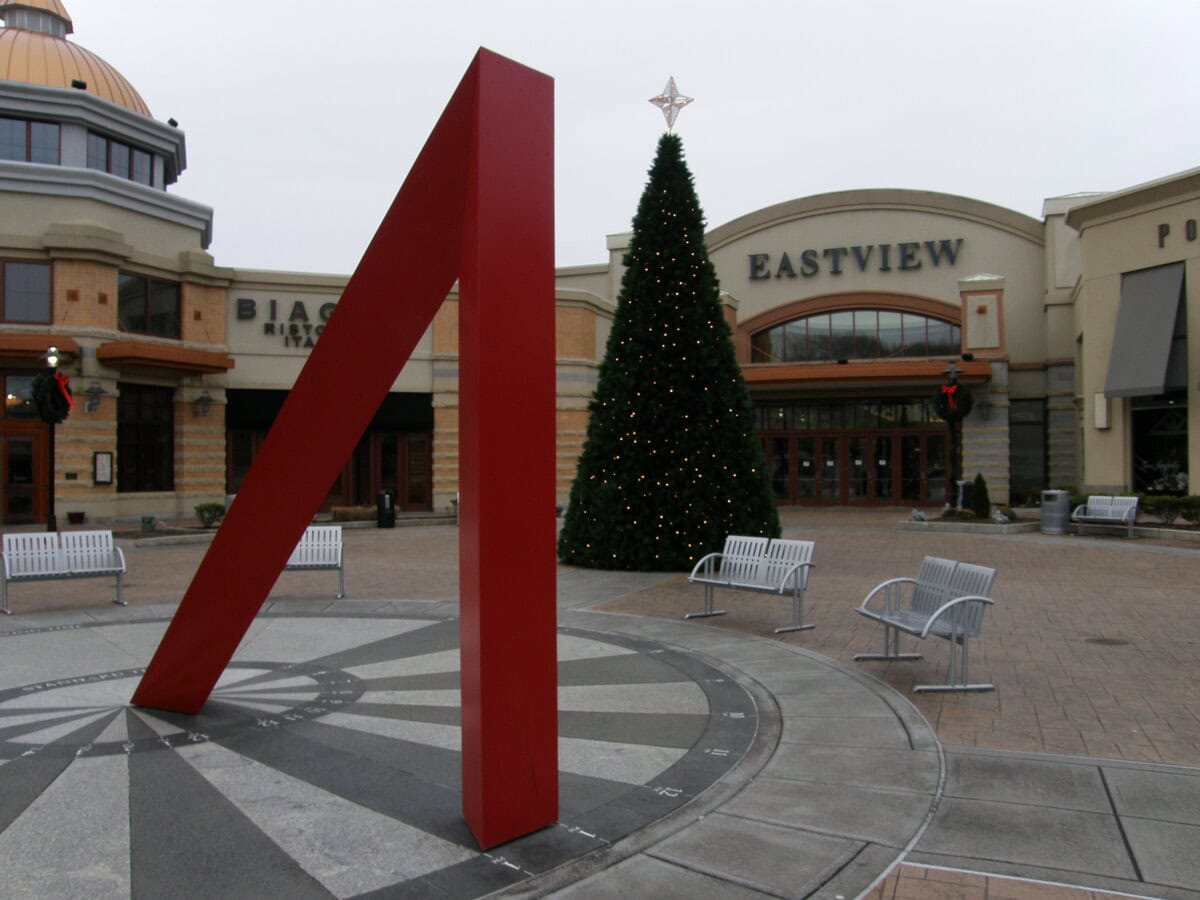
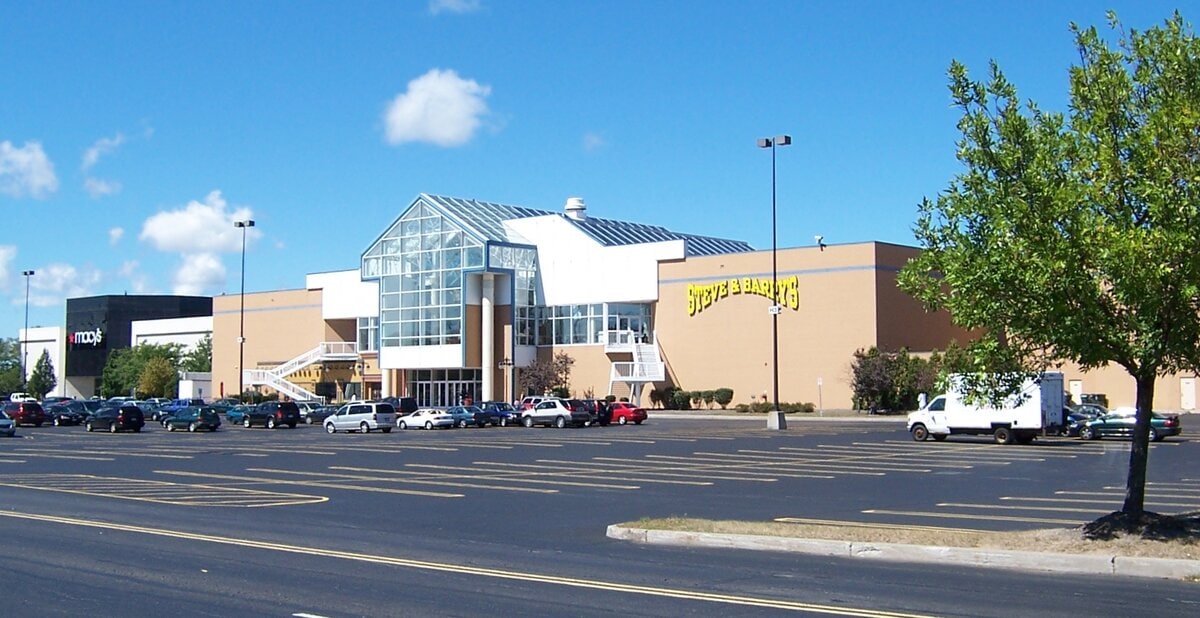
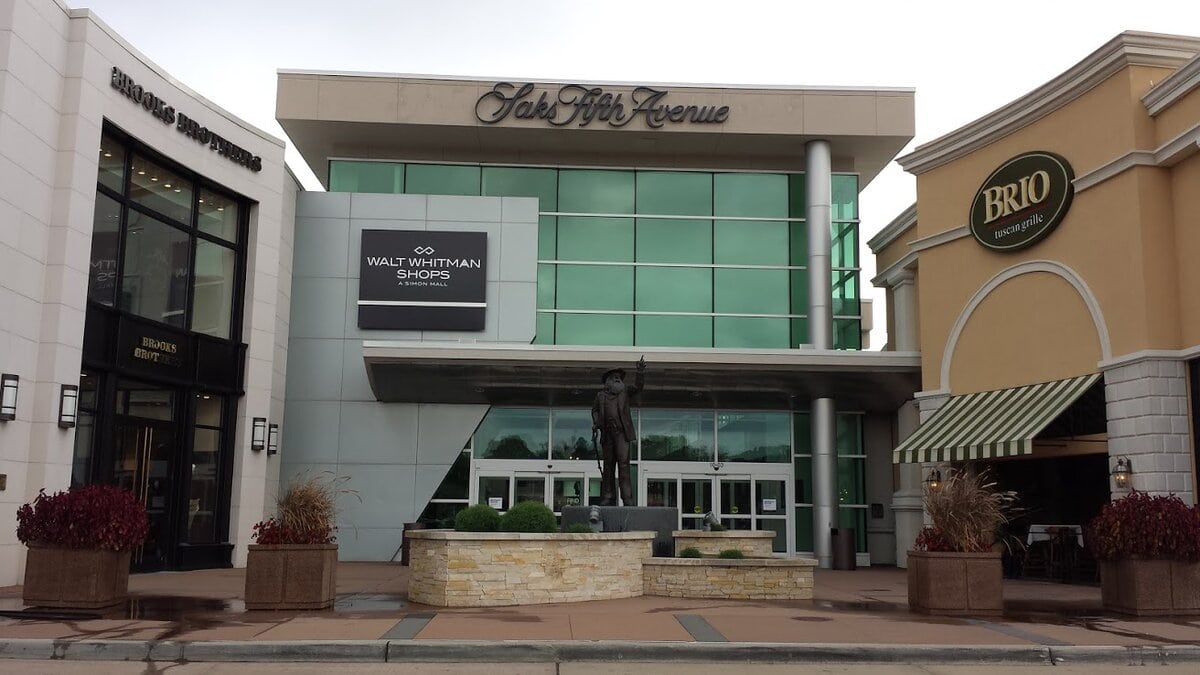

I enjoyed the history and timeline as I live in the area.
That kind of connection is hard to replace. Watching its timeline unfold means something different when you've seen it with your own eyes.